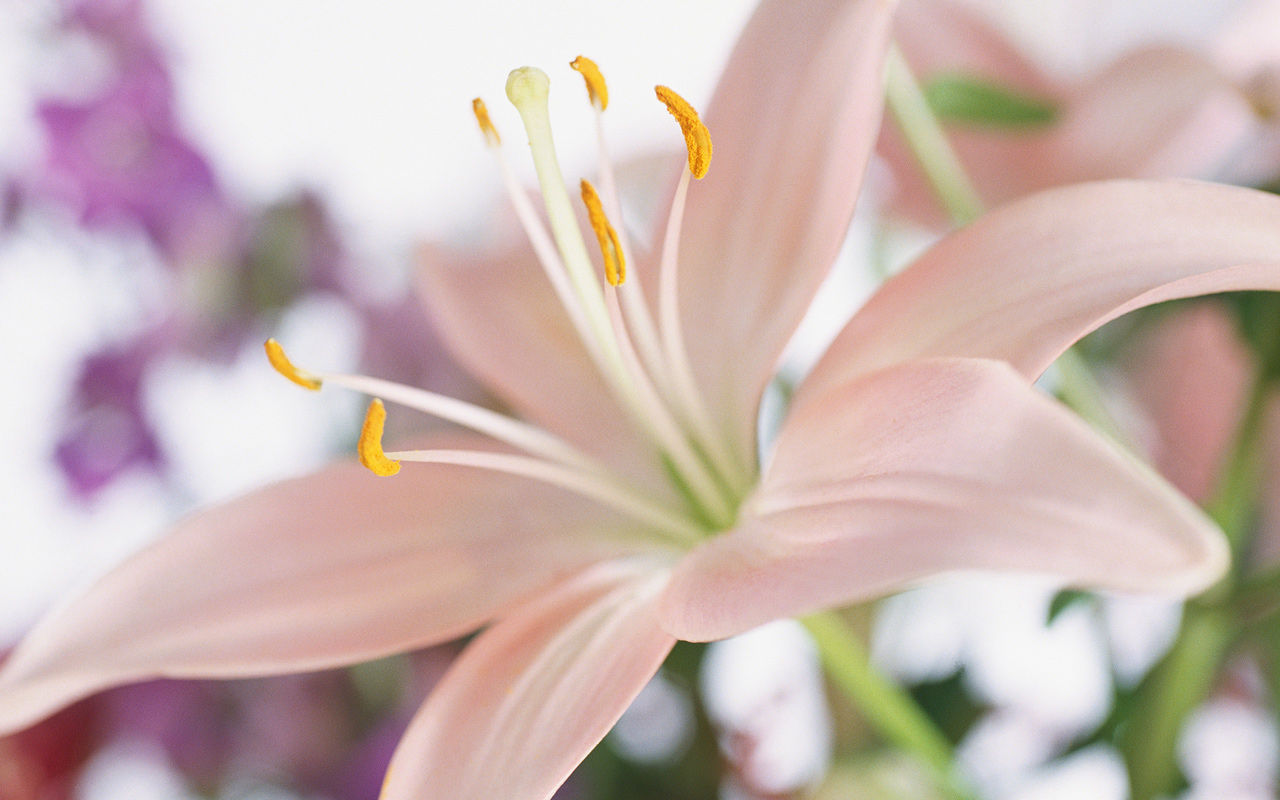
HomeMade Soap & Body Products
natural skin care
by Busybeefairies
Rebatched Soap
Rebatching Homemade Soap
Rebatching, or hand milling, is a soapmaking technique used by hobbyists and artisan soapmakers. The commercial equivalent is French milling.
In rebatching, commercially purchased or previously made soap (a soap base) is shredded or diced finely and mixed with a liquid, into which the soap shreds begin to dissolve. It is then heated at a fairly low temperature until the mass is more or less homogenous. When it becomes translucent and reaches a thick, gel-like consistency, it is spooned or piped into molds and allowed to harden.

Soapmakers frequently use rebatching as a way of adding substances that could not withstand the high temperatures or caustic chemical environment of cold process or hot process soapmaking, such as certain essential oils (for example, those with a very low flash point). The choice of liquid affects the character of the finished soap; milk is frequently used to give the soap a smooth, creamy consistency. Rebatching can also be used as a way of salvaging soap that cracked, curdled or separated while being made.
As with the melt and pour process, rebatching homemade soap does not necessarily involve saponification, and as such it is a misnomer to refer to it as soap-"making".
-
Cons of rebatching homemade soap
-
The homemade soap never quite completely remelts – it ends up being a kind of gloppy, thick, opaque mass of soap that you have to squish into the molds rather than pour.
-
Air bubbles can get trapped in the bars, and it’s hard to get a smooth edge or top.
-
It’s extra work. I'll deal with it to save a batch gone wrong...but I just don’t have the patience to make a batch of homemade soap twice - on purpose.
-
The soap ends up being kind of “rustic” or “primitive” looking.
The homemade soap is completely fine, but the aesthetics of it (in my opinion) are less desirable than homemade soap poured only once.
-
-
Pros of rebatching homemade soap
-
The fragrances, colors and additives you put in your homemade soap are added after the oils have completely reacted with the lye. Indeed, they're added after most of the saponificationprocess is done – hence the additives aren’t affected by the harsh lye. Rebatching allows you to use ingredients like:
-
Light or delicate fragrances
-
Fragrances or essential oil prone to “seizing,”
-
Colors that are extremely ph sensitive
-
Additives that are affected or turned brown by the lye (like lavender buds)
-
Additives that will be melted by the gel stage (like jojoba beads)
-
-
It’s also useful to test out fragrances or colors in homemade soap. You could feasibly make a 5 pound batch of unscented homemade soap and then rebatch it into 5 - 1 lb batches, each with a different fragrance or colorant
-




Rebatching homemade soap is not the same as melt and pour soap, which is vegetable glycerin soap. In fact, I like to call rebatching soap, melt, wait, stir, melt, wait, stir, then spread soap. There are a few methods one can use for rebatching, but here I am going to outline the oven rebatching method that I used.
First, obtain some fresh (10 days or less) homemade soap. There are many vendors online that sell homemade soap specifically for rebatching - find the one that works for you. The older the homemade soap, the harder it will be to grate or chop up and the more liquid you will have to add to get it to melt smoothly. Because the homemade soap is so fresh, it is advised that you wear gloves while handling it to avoid any irritation from the saponifying soap.
Preheat your oven to 150-200 degrees. The hotter the oven, the more you have to watch over the soap. I set my oven to the space right before the 200 degrees.
Chop or grate the homemade soap into the smallest pieces possible - the smaller the pieces, the faster the melting process. For each pound of soap, I add about 2-3 tbs of distilled water or milk. (When I made my coffee soap, coffee was my liquid of choice.) Place the pieces into a glass casserole dish with a lid. Pour the liquid over and place into the preheated oven.
Now you wait. Check your soap every 10-15 minutes, depending on the temperature of your oven. Stir the soap pieces with a sturdy wooden or plastic spoon. If you need to, add more liquid, but keep the adding liquid to a minimum. After about 30 minutes, your soap pieces should begin to turn to a substance like applesauce or softened petrolatum jelly. Keep it heating evenly and stir until the mixture is as smooth as possible with no unmelted pieces.
At this time, you can quickly add your fragrance or essential oils as well as your color. Follow your manufacturer's directions and be sure your additives are skin safe! Stir until the additives are incorporated, then spread the mixture into your molds. I prefer to use a plastic log mold or a box (yes, a box) lined with freezer paper. Tap the molds carefully (you don't want to splash hot soap on yourself) so that the soap settles - you don't want any air pockets in your soap. Set your mold or molds aside and let the soap solidify, usually overnight depending on the size of the mold. Once the soap has hardened, pop it out of the mold, let dry for about three days and you have your customized handmade soap!